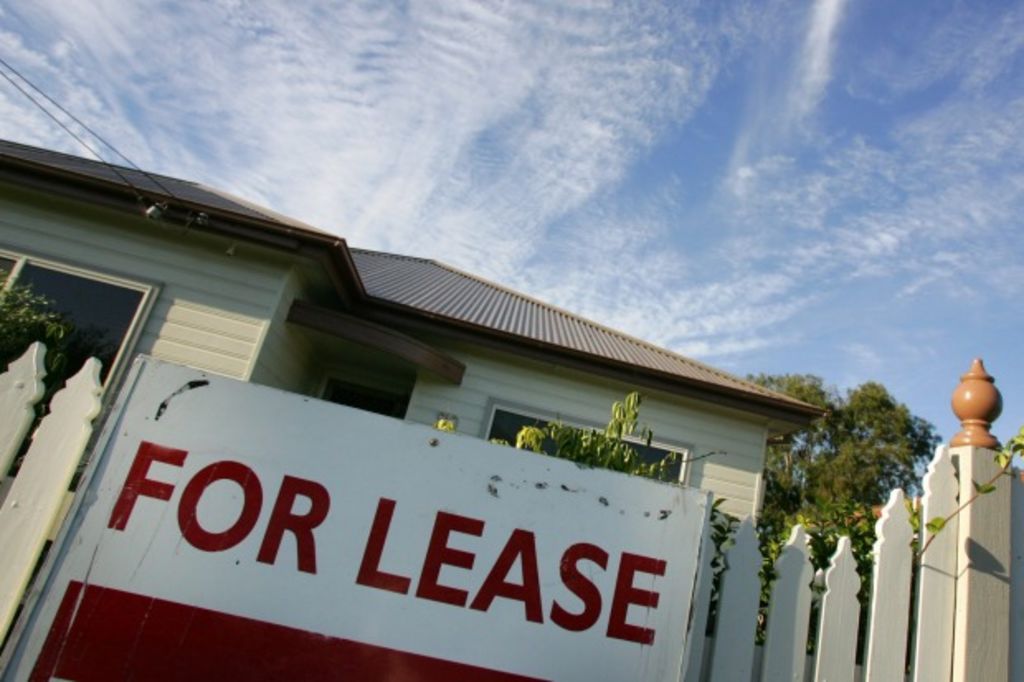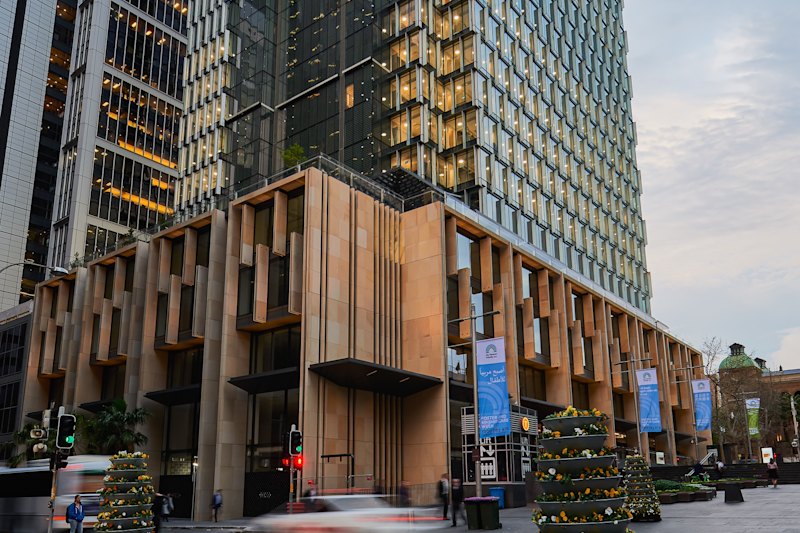Speculative investors are the reason renting is painful

Short leases, maintenance left unattended and increasing rental competition – this is the lot of the Australian renter.
Australia has a culture of mum-and-dad investors. Most have just one property. But a proportion of these are speculative investors, buying and selling and moving onto the next one, hoping to make a fast buck.
Tenants are at the mercy of their landlord’s personal life decisions, financial situation and comfort level around pets. When the next rental comes around, it’s a whole new negotiation game.
For this reason, renting is painful.
The ACOSS report Fuel On The Fire: Negative Gearing, Capital Gains and Housing Affordability, released on Thursday, puts the fault squarely on the shoulders of these small-time speculative investors.
Prime Minister, Tony Abbott, has followed up by immediately ruling out changes to negative gearing saying it would increase taxes. But clearly some big ideas are needed to help the victims of speculative investment.
“Australia’s over-reliance on small investors chasing quick capital gains to provide rental housing is one of the main reasons that tenancies in Australia are shorter and less stable than in other countries, with tenants facing a one-in-four chance of having to move within 12 months,” the report stated.
Negatively geared investors were twice as likely to sell within 12 months. However, with “institutional” investors, larger companies, financial institutions or investment groups with many rental properties, it’s more likely they will be focused on the long term and on rental yields than capital gains.
Institutional investors are common overseas, such as in Canada and Germany, where rental properties are owned in large numbers by financial institutions or other investment groups. In Germany, there’s even a magazine, called REFIRE, dedicated to institutional investors in the property market.
These aren’t common in Australia, which is why you can’t regularly get really long-term leases with agreed-on rental increases and why instability is something you have to deal with when you rent.
It’s worthwhile considering that if an institution wanted to buy into the rental market for a regular income stream, they would tackle an area with low levels of vacancy where rent is steady and they would be looking to buy for the long haul.
With institutional landlords, or large companies renting out several properties with a long-term perspective, there’s less of a chance that a business looking to maintain its rental-income stream will scrimp on the small repairs requested by a long-term tenant.
It would also be attractive to them that the tenant sees the property as their own home, with no intention to move. If the tenant needed a bigger place, the landlord can even move them to another property they have that is appropriate. A strong sense of community could be built, and renters would have the stability every person deserves.
The true institutional landlord treats the investment as a sustainable long-term business, with funds saved to cover breakages, experience in handling tenancies and the ability to provide long-term leases at steady rental rates. They’re unlikely to have lived in the home themselves.
When you ask for a better lock to be installed on the front door, you’re unlikely to hear the landlord can’t afford it.
If we truly are turning into a nation of renters – a trend seen as early as the 2011 census – then it’s about time we looked at fixing the rental situation.
It looks like it won’t be through ACOSS’s suggested changes to land tax or negative gearing. But what other countries facing this dilemma are considering – such as the UK’s build-to-rent seed funding where the Government provided $7 billion worth of government-backed loans to landlords to build new homes that they then rent out.
At the very least, the lack of institutional landlords should be put on the table as an issue worth discussing.
As long as speculative investors are the norm, a painful renting experience will be the norm too.
We recommend
States
Capital Cities
Capital Cities - Rentals
Popular Areas
Allhomes
More







